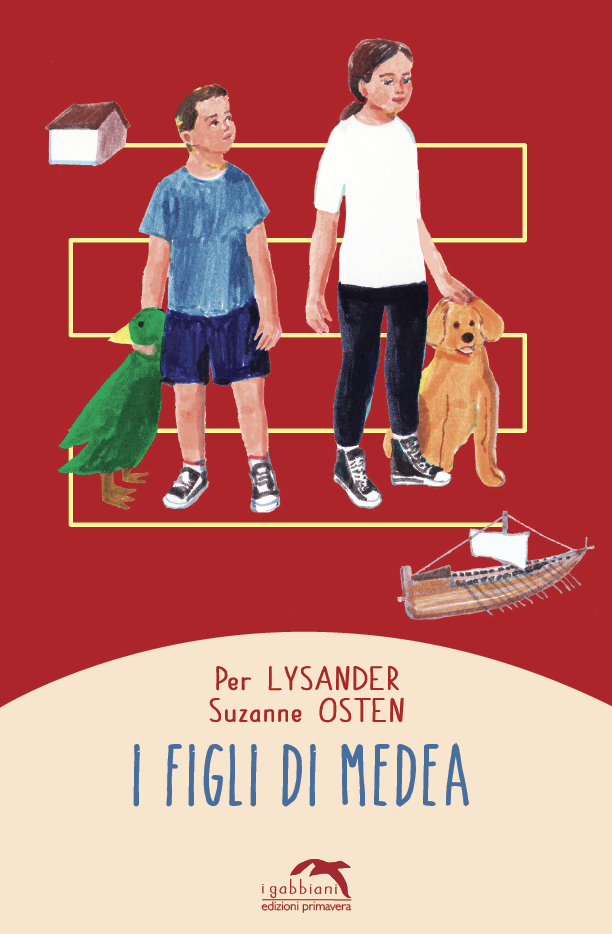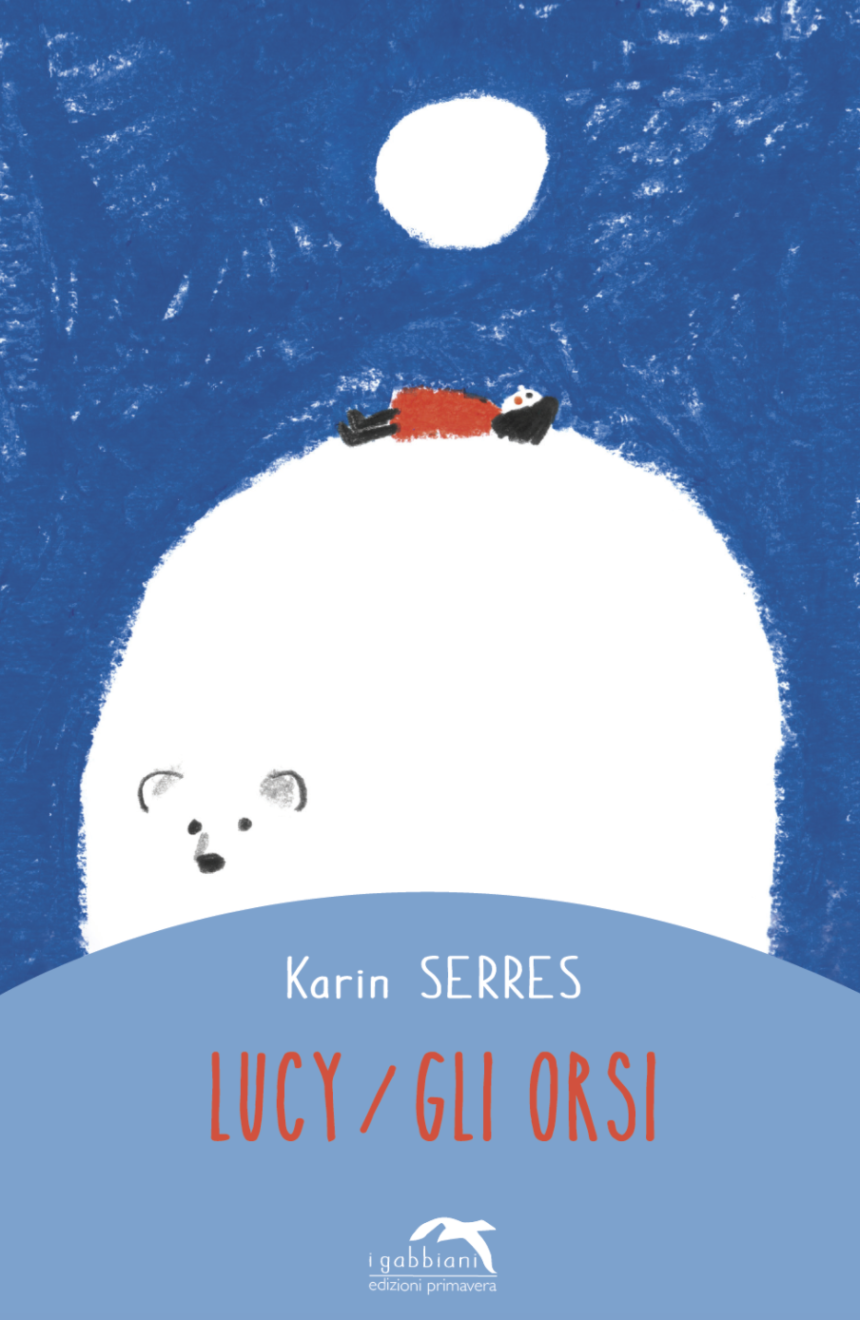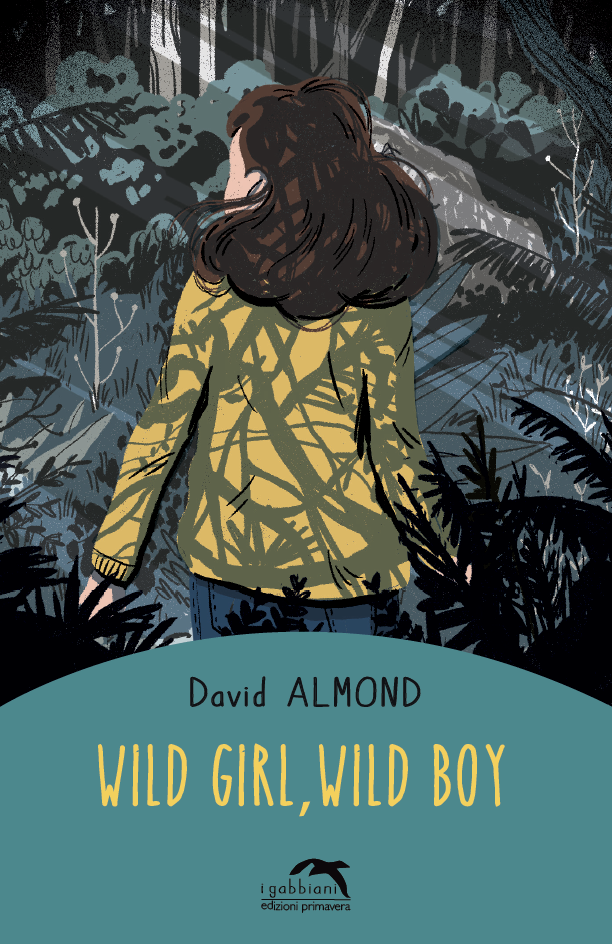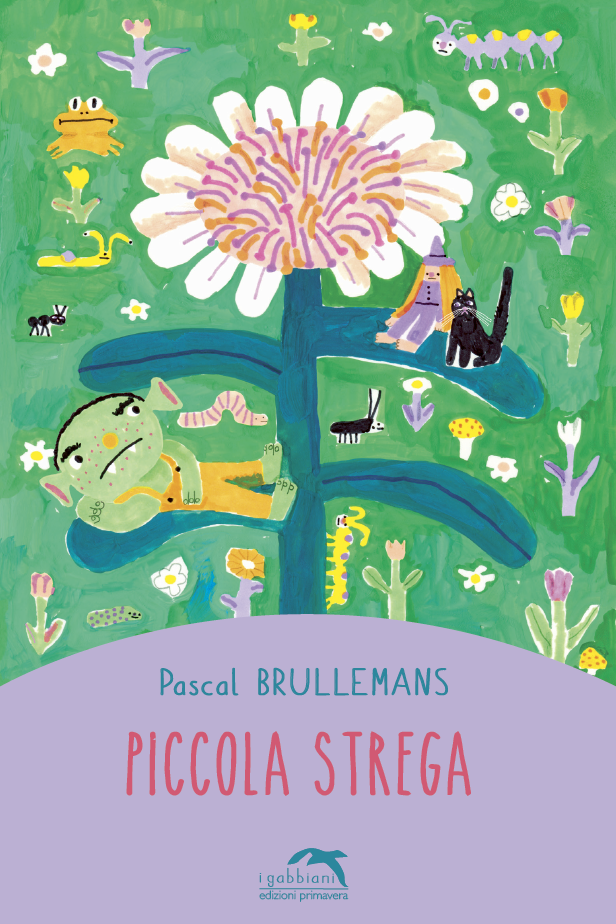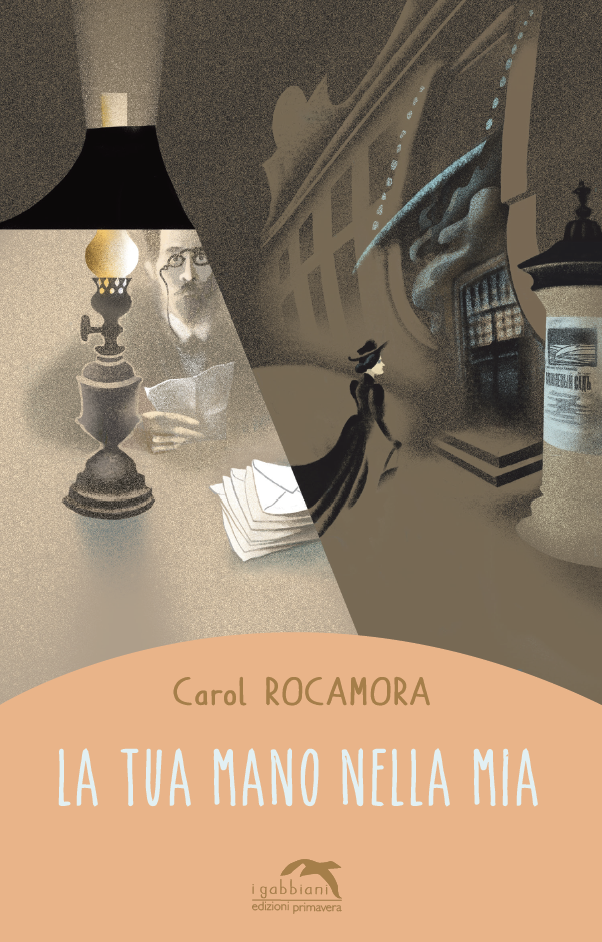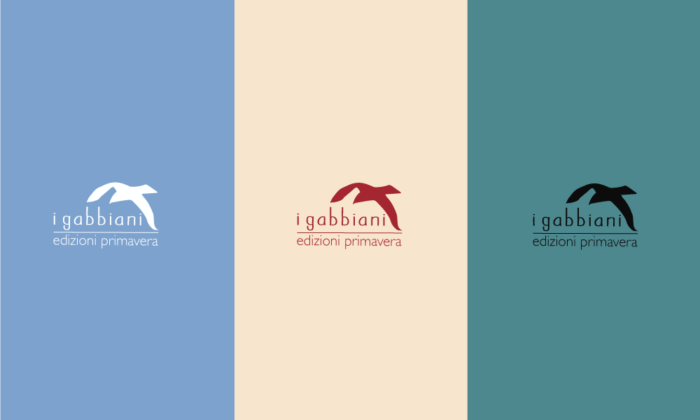How to Detect AI-Generated Images
Annotations for segmentation tasks can be performed easily and precisely by making use of V7 annotation tools, specifically the polygon annotation tool and the auto-annotate tool. The objects in the image that serve as the regions of interest have to labeled (or annotated) to be detected by the computer vision system. They contain millions of labeled images describing the objects present in the pictures—everything from sports and pizzas to mountains and cats. Returning to the example of the image of a road, it can have tags like ‘vehicles,’ ‘trees,’ ‘human,’ etc.
Study participants said they relied on a few features to make their decisions, including how proportional the faces were, the appearance of skin, wrinkles, and facial features like eyes. The idea that A.I.-generated faces could be deemed more authentic than actual people startled experts like Dr. Dawel, who fear that digital fakes could help the spread of false and misleading messages online. All-in-one Computer Vision Platform for businesses to build, deploy and scale real-world applications. A lightweight, edge-optimized variant of YOLO called Tiny YOLO can process a video at up to 244 fps or 1 image at 4 ms.
Can AI see images?
Although not as complex as the human brain, the machine can recognize an image in a way similar to how humans see. Training a ConvNet involves feeding millions of images from a database, such as ImageNet, WordPress, Blogspot, Getty Images, and Shutterstock.
The tool then engages in feature extraction, identifying unique elements such as shapes, textures, and colors. The initial step involves providing Lapixa with a set of labeled photographs describing the items within them. Imagga excels in automatically analyzing and tagging images, making content management in collaborative projects more efficient. It can recognize specific patterns and deduce boundaries and shapes, such as the wing of a bird or the texture of a beach. It’s powerful, but setting it up and figuring out all its features might take some time.
“It’s visibility into a really granular set of data that you would otherwise not have access to,” Wrona said. Image recognition plays a crucial role in medical imaging analysis, allowing healthcare professionals and clinicians more easily diagnose and monitor certain diseases and conditions. In a world ruled by algorithms, SEJ brings timely, relevant information for SEOs, marketers, and entrepreneurs to optimize and grow their businesses — and careers. It’s very clear from Google’s documentation that Google depends on the context of the text around images for understanding what the image is about. “By adding more context around images, results can become much more useful, which can lead to higher quality traffic to your site.
For example, to apply augmented reality, or AR, a machine must first understand all of the objects in a scene, both in terms of what they are and where they are in relation to each other. If the machine cannot adequately perceive the environment it is in, there’s no way it can apply AR on top of it. In many cases, a lot of the technology used today would not even be possible without image recognition and, by extension, computer vision. A digital image is composed of picture elements, or pixels, which are organized spatially into a 2-dimensional grid or array.
Wrapping up on AI-powered image classification
Computer vision, the field concerning machines being able to understand images and videos, is one of the hottest topics in the tech industry. Robotics and self-driving cars, facial recognition, and medical image analysis, all rely on computer vision to work. At the heart of computer vision is image recognition which allows machines to understand what an image represents and classify it into a category.
In some cases, you don’t want to assign categories or labels to images only, but want to detect objects. The main difference is that through detection, you can get the position of the object (bounding box), and you can detect multiple objects of the same type on an image. Therefore, your training data requires bounding boxes to mark the objects to be detected, but our sophisticated GUI can make this task a breeze. From a machine learning perspective, object detection is much more difficult than classification/labeling, but it depends on us. Image recognition tools refer to software systems or applications that employ machine learning and computer vision methods to recognize and categorize objects, patterns, text, and actions within digital images.
OpenAI working on new AI image detection tools – The Verge
OpenAI working on new AI image detection tools.
Posted: Tue, 07 May 2024 07:00:00 GMT [source]
This occurs when a model is trained on synthetic data, but it fails when tested on real-world data that can be very different from the training set. Image search recognition, or visual search, uses visual features learned from a deep neural network to develop efficient and scalable methods for image retrieval. The goal in visual search use cases is to perform content-based ai that can identify images retrieval of images for image recognition online applications. Image recognition with machine learning, on the other hand, uses algorithms to learn hidden knowledge from a dataset of good and bad samples (see supervised vs. unsupervised learning). The most popular machine learning method is deep learning, where multiple hidden layers of a neural network are used in a model.
Image Recognition
Yes, image recognition models need to be trained to accurately identify and categorize objects within images. It uses various methods, including deep learning and neural networks, to handle all kinds of images. AbdAlmageed says no approach will ever be able to catch every single artificially produced image—but that doesn’t mean we should give up.
We’re building this capability now, and in the coming months we’ll start applying labels in all languages supported by each app. We’re taking this approach through the next year, during which a number of important elections https://chat.openai.com/ are taking place around the world. During this time, we expect to learn much more about how people are creating and sharing AI content, what sort of transparency people find most valuable, and how these technologies evolve.
But get closer to that crowd and you can see that each individual person is a pastiche of parts of people the AI was trained on. The methods set out here are not foolproof, but they’ll sharpen your instincts for detecting when AI’s at work. Determining whether or not an image was created by generative AI is harder than ever, but it’s still possible if you know the telltale signs to look for.
What we learn will inform industry best practices and our own approach going forward. Advanced image recognition technology can identify AI art by spotting the difference between machine-generated artwork and art made by humans. The lighting, the paint techniques, and the level of detail produced by AI art generators compared to a human artist are some examples of the signs that can be picked up by these tools, although right now, they are not entirely accurate. For example, Google Cloud Vision offers a variety of image detection services, which include optical character and facial recognition, explicit content detection, etc., and charges fees per photo.
Using AI Models to Build an AI Image Recognition System
In the 1960s, AI emerged as an academic field of study and it also marked the beginning of the AI quest to solve the human vision problem. It runs analyses of data over and over until it discerns distinctions and ultimately recognize images. For example, to train a computer to recognize automobile tires, it needs to be fed vast quantities of tire images and tire-related items to learn the differences and recognize a tire, especially one with no defects. In the past, plant diseases were typically identified by observing the color and patterns of leaves.
- In the evolving landscape of image recognition apps, technology has taken significant strides, empowering our smartphones with remarkable capabilities.
- Leverage millions of data points to identify the most relevant Creators for your campaign, based on AI analysis of images used in their previous posts.
- Brands can now do social media monitoring more precisely by examining both textual and visual data.
Instead, the complete image is divided into small sections called feature maps using filters or kernels. Once the dataset is ready, there are several things to be done to maximize its efficiency for model training. Computers still aren’t able to identify some seemingly simple (to humans) pictures such as this picture of yellow and black stripes, which computers seem to think is a school bus. After all, it took the human brain 540 million years to evolve into its highly capable current form. The terms image recognition, picture recognition and photo recognition are used interchangeably. They can then tap anywhere on the screen or draw a rectangle around an item of interest and watch SAM define, for instance, the outline of a nose, face or entire body.
Traditional watermarks aren’t sufficient for identifying AI-generated images because they’re often applied like a stamp on an image and can easily be edited out. For example, discrete watermarks found in the corner of an image can be cropped out with basic editing techniques. SynthID is being released to a limited number of Vertex AI customers using Imagen, one of our latest text-to-image models that uses input text to create photorealistic images. A quick glance seems to confirm that the event is real, but one click reveals that Midjourney “borrowed” the work of a photojournalist to create something similar.
Evaluating and Finetuning Text To Video Model – Case Study
Content credentials are essentially watermarks that include information about who owns the image and how it was created. Viso provides the most complete and flexible AI vision platform, with a “build once – deploy anywhere” approach. Use the video streams of any camera (surveillance cameras, CCTV, webcams, etc.) with the latest, most powerful AI models Chat GPT out-of-the-box. The terms image recognition and image detection are often used in place of each other. SynthID allows Vertex AI customers to create AI-generated images responsibly and to identify them with confidence. While this technology isn’t perfect, our internal testing shows that it’s accurate against many common image manipulations.
Is there an AI that can describe an image?
Azure AI Vision can analyze an image and generate a human-readable phrase that describes its contents. The algorithm returns several descriptions based on different visual features, and each description is given a confidence score. The final output is a list of descriptions ordered from highest to lowest confidence.
Existing methods for material selection struggle to accurately identify all pixels representing the same material. For instance, some methods focus on entire objects, but one object can be composed of multiple materials, like a chair with wooden arms and a leather seat. Other methods may utilize a predetermined set of materials, but these often have broad labels like “wood,” despite the fact that there are thousands of varieties of wood.
FAQs in Relation to Identifying AI Generated Images
The team is working on identifying correlations with viewing-time difficulty in order to generate harder or easier versions of images. Imagga’s Auto-tagging API is used to automatically tag all photos from the Unsplash website. Providing relevant tags for the photo content is one of the most important and challenging tasks for every photography site offering huge amount of image content.
“Think of people who masked themselves to take part in a peaceful protest or were blurred to protect their privacy,” he says. Deploy latest models on click, connect via REST API, and integrate them into your system or infrastructure. We aim to make artificial intelligence accessible to businesses of all sizes by building a reliable, cost-effective no-code platform. Choose from off-the-shelf solutions for fashion, home decor, stock photos, collectibles, and more. This doesn’t mean these apps aren’t useful, just that you must use them in connection with other strategies –such as the previous 3 methods described– to ensure precise results.
Our method can facilitate the selection of all the other pixels in an image that are made from the same material,” says Prafull Sharma, an electrical engineering and computer science graduate student and lead author of a paper on this technique. Scientists at MIT and Adobe Research have taken a step toward solving this challenge. They developed a technique that can identify all pixels in an image representing a given material, which is shown in a pixel selected by the user. Designed to assist individuals with visual impairments, the app enhances mobility and independence by offering real-time audio cues.
He suggests that social media platforms need to begin confronting AI-generated content on their sites because these companies are better posed to implement detection algorithms than individual users are. Organizations are using AI algorithms for image recognition to identify images from large datasets and improve efficiency. To develop an image recognition app to make your process more productive, our experts are all ears. That’s why we’ve been working with industry partners to align on common technical standards that signal when a piece of content has been created using AI. Being able to detect these signals will make it possible for us to label AI-generated images that users post to Facebook, Instagram and Threads.
Image recognition, in the context of machine vision, is the ability of software to identify objects, places, people, writing and actions in digital images. Computers can use machine vision technologies in combination with a camera and artificial intelligence (AI) software to achieve image recognition. As with the human brain, the machine must be taught in order to recognize a concept by showing it many different examples. If the data has all been labeled, supervised learning algorithms are used to distinguish between different object categories (a cat versus a dog, for example). If the data has not been labeled, the system uses unsupervised learning algorithms to analyze the different attributes of the images and determine the important similarities or differences between the images. Synthetic dataset in hand, they trained a machine-learning model for the task of identifying similar materials in real images — but it failed.
What we’re setting out today are the steps we think are appropriate for content shared on our platforms right now. But we’ll continue to watch and learn, and we’ll keep our approach under review as we do. Since AI-generated content appears across the internet, we’ve been working with other companies in our industry to develop common standards for identifying it through forums like the Partnership on AI (PAI). The invisible markers we use for Meta AI images – IPTC metadata and invisible watermarks – are in line with PAI’s best practices. Some companies are developing GAN detector software specifically designed to spot AI-generated images. Mayachitra’s GAN detector is one said tool where you can upload an image to be analyzed and told whether it’s AI-generated.
Is there an AI that can analyze images?
The Azure AI Vision Image Analysis service can extract a wide variety of visual features from your images. For example, it can determine whether an image contains adult content, find specific brands or objects, or find human faces.
It utilizes AI algorithms to enhance text recognition and document organization, making it an indispensable tool for professionals and students alike. With Adobe Scan, the mundane task of scanning becomes a gateway to efficient and organized digital documentation. The app prides itself in having the most culturally diverse food identification system on the market, and their Food AI API continually improves its accuracy thanks to new food images added to the database on a regular basis. This mobile camera app was designed to address the needs of blind and visually impaired users. TapTapSee takes advantage of your mobile device’s camera and VoiceOver functions to take a picture or video of anything you point your smartphone at and identify it out loud for you.
Inappropriate content on marketing and social media could be detected and removed using image recognition technology. A comparison of traditional machine learning and deep learning techniques in image recognition is summarized here. These types of object detection algorithms are flexible and accurate and are mostly used in face recognition scenarios where the training set contains few instances of an image. Artificial neural networks identify objects in the image and assign them one of the predefined groups or classifications. A digital image consists of pixels, each with finite, discrete quantities of numeric representation for its intensity or the grey level. AI-based algorithms enable machines to understand the patterns of these pixels and recognize the image.
Ton-That says it is developing new ways for police to find a person, including “deblur” and “mask removal” tools. You can foun additiona information about ai customer service and artificial intelligence and NLP. After this three-day training period was over, the researchers gave the machine 20,000 randomly selected images with no identifying information. The computer looked for the most recurring images and accurately identified ones that contained faces 81.7 percent of the time, human body parts 76.7 percent of the time, and cats 74.8 percent of the time.
While generative AI can unlock huge creative potential, it also presents new risks, like enabling creators to spread false information — both intentionally or unintentionally. Being able to identify AI-generated content is critical to empowering people with knowledge of when they’re interacting with generated media, and for helping prevent the spread of misinformation. I strive to explain topics that you might come across in the news but not fully understand, such as NFTs and meme stocks. I’ve had the pleasure of talking tech with Jeff Goldblum, Ang Lee, and other celebrities who have brought a different perspective to it.
As can be seen above, Google does have the ability (through Optical Character Recognition, a.k.a. OCR), to read words in images. Anecdotally, the use of vivid colors for featured images might be helpful for increasing the CTR for sites that depend on traffic from Google Discover and Google News. Another useful insight about images and color is that images with a darker color range tend to result in larger image files.
AI-generated images can be identified by looking for certain characteristics common to them. These include distortions and visual anomalies, an unrealistic level of detail or clarity, and objects or elements, such as repeating patterns or abstract shapes, that appear unnatural compared to traditional photographs. When users use AI generative tech to manipulate the image of a real-life person –putting other faces in someone else’s body and such– the result can be realistic and believable.
How can I identify a picture?
If you have an image and you're unable to identify details regarding copyright (such as the creator, the title or source), you can try a reverse image search using Google Images to locate the citation and source information for the image. Open Google Images and click on the camera icon.
It can handle lots of images and videos, whether you’re a small business or a big company. It can identify all sorts of things in pictures, making it useful for tasks like checking content or managing catalogs. The software assigns labels to images, sorts similar objects and faces, and helps you see how visible your image is on Safe Search. It allows users to either create their image models or use ones already made by Google. Ton-That shared examples of investigations that had benefitted from the technology, including a child abuse case and the hunt for those involved in the Capitol insurection. “A lot of times, [the police are] solving a crime that would have never been solved otherwise,” he says.
We’ll require people to use this disclosure and label tool when they post organic content with a photorealistic video or realistic-sounding audio that was digitally created or altered, and we may apply penalties if they fail to do so. Visual search uses features learned from a deep neural network to develop efficient and scalable methods for image retrieval. The goal of visual search is to perform content-based retrieval of images for image recognition online applications. More recently, however, advances using an AI training technology known as deep learning are making it possible for computers to find, analyze and categorize images without the need for additional human programming.
Image recognition applications lend themselves perfectly to the detection of deviations or anomalies on a large scale. Machines can be trained to detect blemishes in paintwork or food that has rotten spots preventing it from meeting the expected quality standard. OK, now that we know how it works, let’s see some practical applications of image recognition technology across industries. The algorithm then takes the test picture and compares the trained histogram values with the ones of various parts of the picture to check for close matches. Instance segmentation is the detection task that attempts to locate objects in an image to the nearest pixel.
The tool excels in accurately recognizing objects and text within images, even capturing subtle details, making it valuable in fields like medical imaging. It adapts well to different domains, making it suitable for industries such as healthcare, retail, and content moderation, where image recognition plays a crucial role. Clarifai’s custom training feature allows users to adapt the software for specific use cases, making it a flexible solution for diverse industries.
Can AI identify a photo?
Visive's Image Recognition is driven by AI and can automatically recognize the position, people, objects and actions in the image. Image recognition can identify the content in the image and provide related keywords, descriptions, and can also search for similar images.
As technology continues to break barriers, Lookout stands as a testament to the positive impact it can have on the lives of differently-abled individuals. Users can capture images of leaves, flowers, or even entire plants, and PlantSnap provides detailed information about the identified species. Beyond simple identification, it offers insights into care tips, habitat details, and more, making it a valuable tool for those keen on exploring and understanding the natural world. Search results may include related images, sites that contain the image, as well as sizes of the image you searched for. Flow can identify millions of products like DVDs and CDs, book covers, video games, and packaged household goods – for example, the box of your favorite cereal. This is an app for fashion lovers who want to know where to get items they see on photos of bloggers, fashion models, and celebrities.
This information helps the image recognition work by finding the patterns in the subsequent images supplied to it as a part of the learning process. The processes highlighted by Lawrence proved to be an excellent starting point for later research into computer-controlled 3D systems and image recognition. Machine learning low-level algorithms were developed to detect edges, corners, curves, etc., and were used as stepping stones to understanding higher-level visual data. Visual data, such as images, videos, and graphs, can be a rich source of information for your project.
Ever since the public release of tools like Dall-E and Midjourney in the past couple of years, the A.I.-generated images they’ve produced have stoked confusion about breaking news, fashion trends and Taylor Swift. See if you can identify which of these images are real people and which are A.I.-generated. Tools powered by artificial intelligence can create lifelike images of people who do not exist.
Can Midjourney replicate an image?
Learn Midjourney Prompts to Generate Amazing AI Arts
Today, we will be using the “Image Prompt” together with the “/describe” command to replicate any images you want! I'll walk you through simple step-by-step instructions for replicating any image you provide.
Can ChatGPT answer from image?
ChatGPT is a chatbot app built by OpenAI. Using the GPT AI models—including a new multimodal AI model called GPT-4o—it can process text, image, and audio inputs.
How to train AI to recognize images?
- 1 Data collection. The first step in training an AI model for image recognition is to collect a large and diverse dataset of images that represent the objects or categories you want to recognize.
- 2 Data preprocessing.
- 3 Model building.
- 4 Model training.
- 5 Model evaluation.

